SCENARIOS consortium gathered during the last week of July for the First Review meeting with EU officials. The meeting went well and we prepared the path for the coming months, correcting the little needs to be corrected and advancing on the previously planned research and implementation tasks.
Taking the chance of our gathering in Patras during that meeting we could attend some very interesting demos at FORTH labs.
DEMO-A (FORTH)
SMART DETECTION OF PFAS BY SURFACE ENHANCED RAMAN SPECTROSCOPY
Conventional methods for the detection of Per- and polyfluoroalkyl substances (PFAS) are mainly based on LC-MS/MS chromatography and typically require off-site analyses and are very expensive and time consuming. Surface Enhanced Raman (SERS) technique has been widely implemented for the detection of different molecules being rapid and achieving very low detection limits (down to single molecule detection). In spite of the fact that SERS has proved its potential for the detection of different types of molecules, the records for the SERS based detection of PFAS are almost absent. For the demonstration at ICEHT installations, we introduced a novel additive-assisted approach, which creates a new substrate platform for the promotion of PFAS detection through SERS. During this demonstration, the protocol, the main steps followed so far, the experimental parameters that we attempt to tune as well as other critical points of this on-going research towards our longterm aim, were presented and explained.
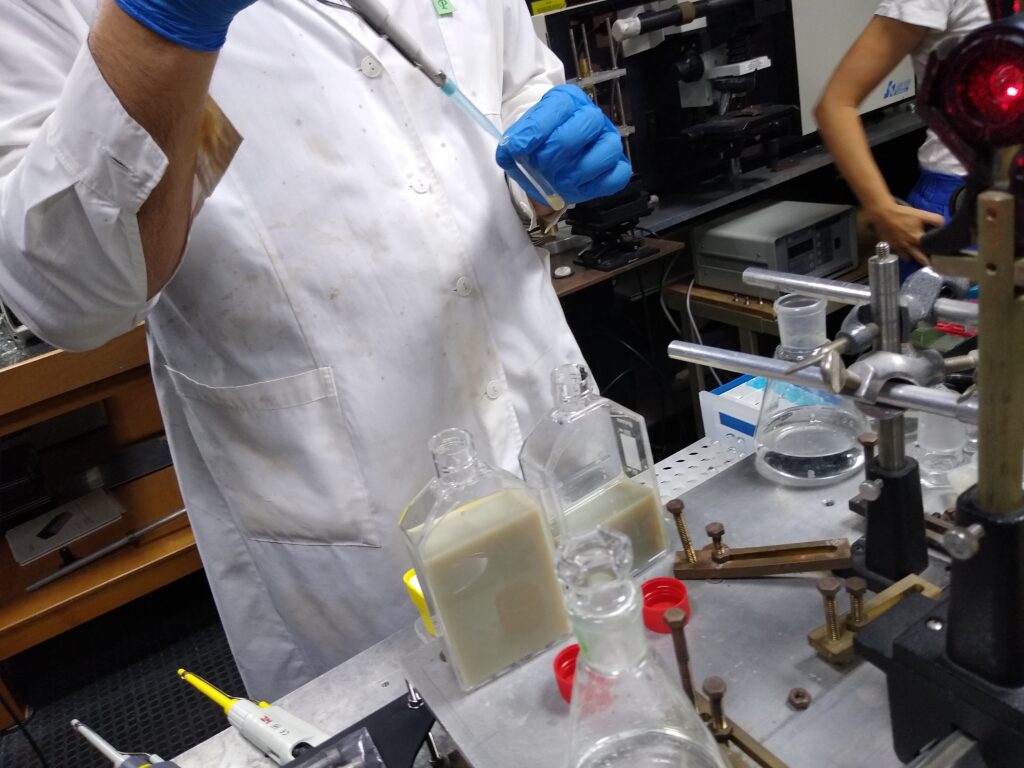
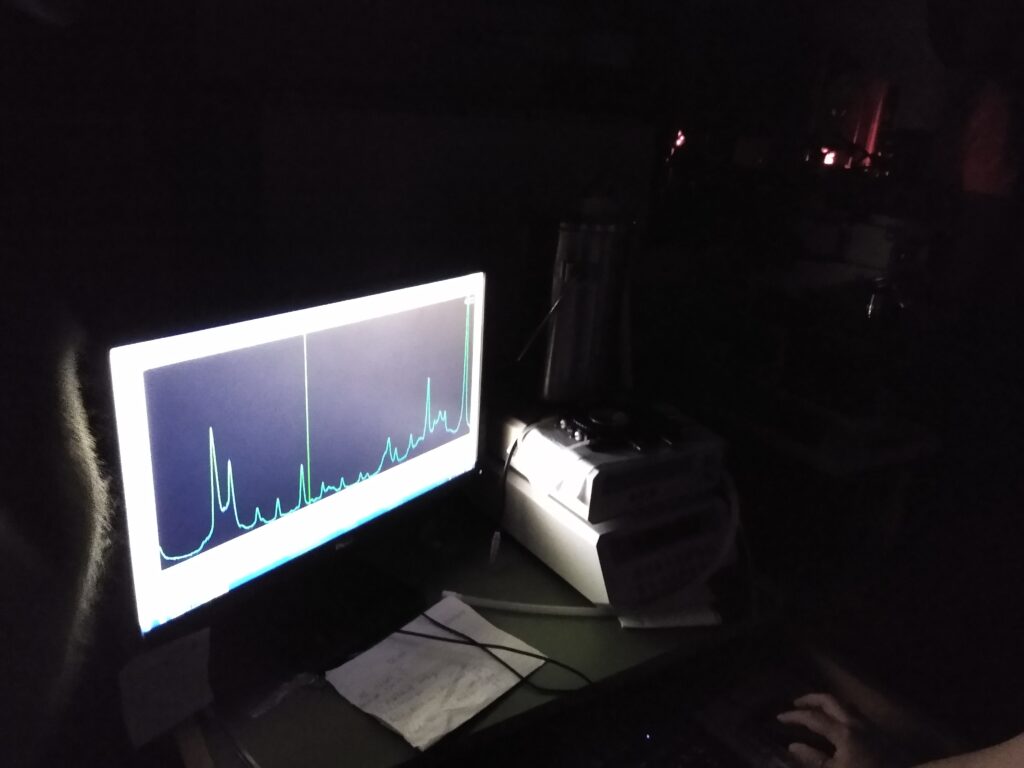
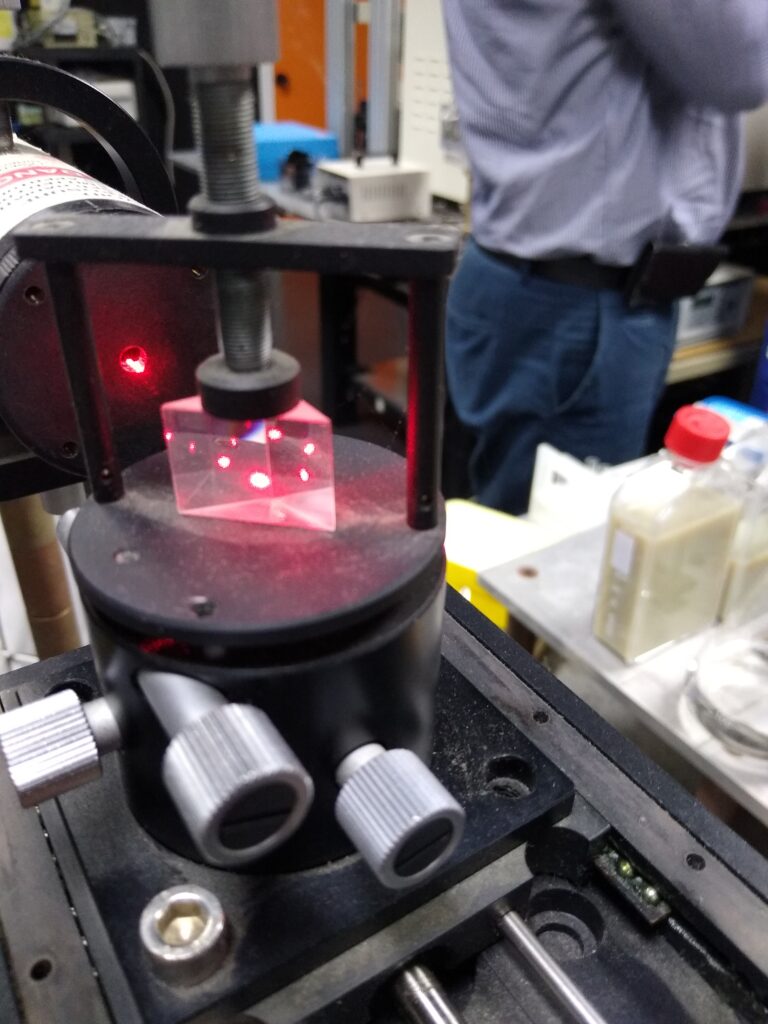
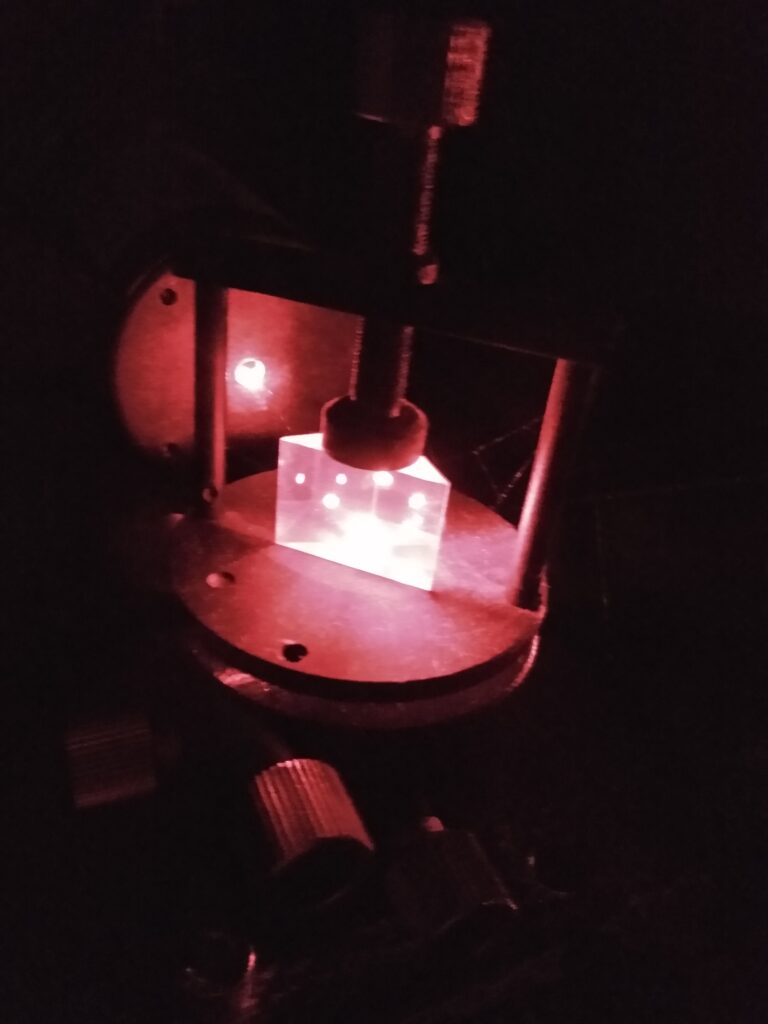

DEMO-B (FORTH)
PFAS DESTRUCTION BY COLD ATMOSPHERIC PLASMA (CAP)
Several lab-scale CAP reactors having different plasma electrode configurations/geometries developed for the degradation of PFAS in water and soil were demonstrated.
For the treatment of PFAS contaminated soil, two different reactor geometries were demonstrated. A plane to grid dielectric barrier discharge (DBD) plasma reactor (ex-situ treatment) where plasma discharges are generated at the gas phase above the contaminated soil and a coaxial DBD plasma reactor able to produce plasma discharges directly within the interconnected pores of soil and not simply in the gas phase above it (in-soil treatment). An upscaled scanning DBD system with treatment capacity ~10 kg of contaminated soil/h was also demonstrated.
For the treatment of PFAS contaminated water, gas-liquid DBD and plasma microbubbles (PMB) reactors were demonstrated. In the gas-liquid DBD, primary plasma species are created in the gas phase and afterwards are diffused into the water medium through the gas-liquid interphase generating secondary species inside the water, while with the PMB configuration the direct dissolution and rapid availability and mass transfer of plasma species into the aqueous phase takes place. Two upscaled plasma reactor configurations (i.e. gas-liquid DBD and plasma microbubbles) with a treatment capacity in the range 20-100 L/day were also demonstrated.
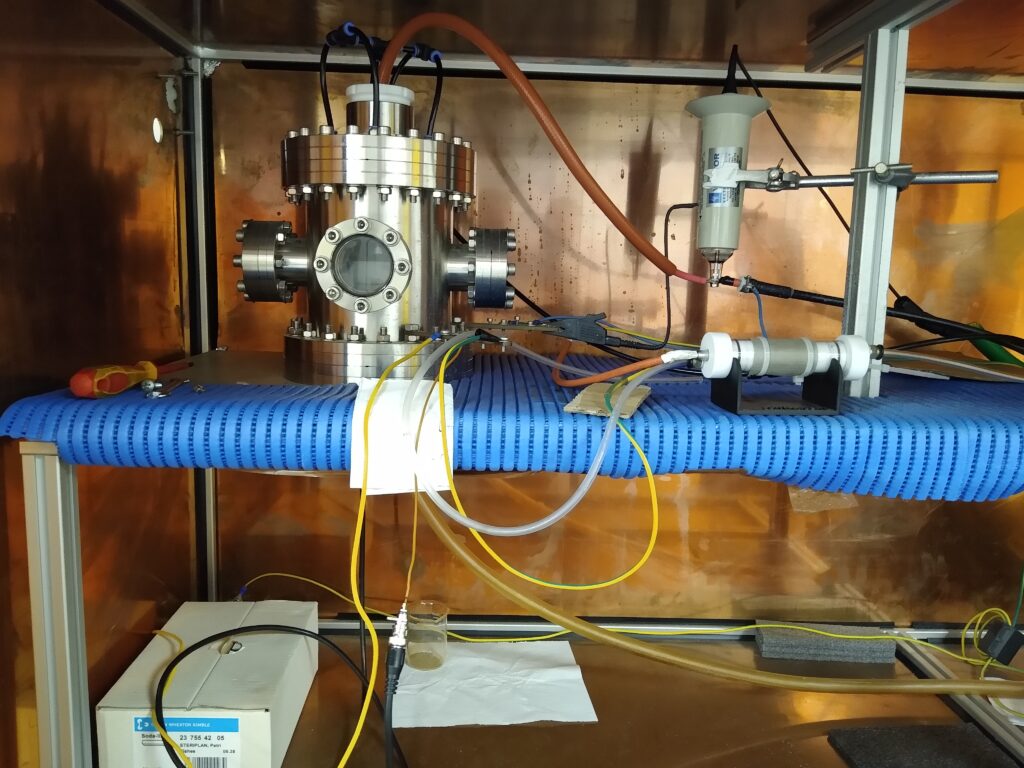
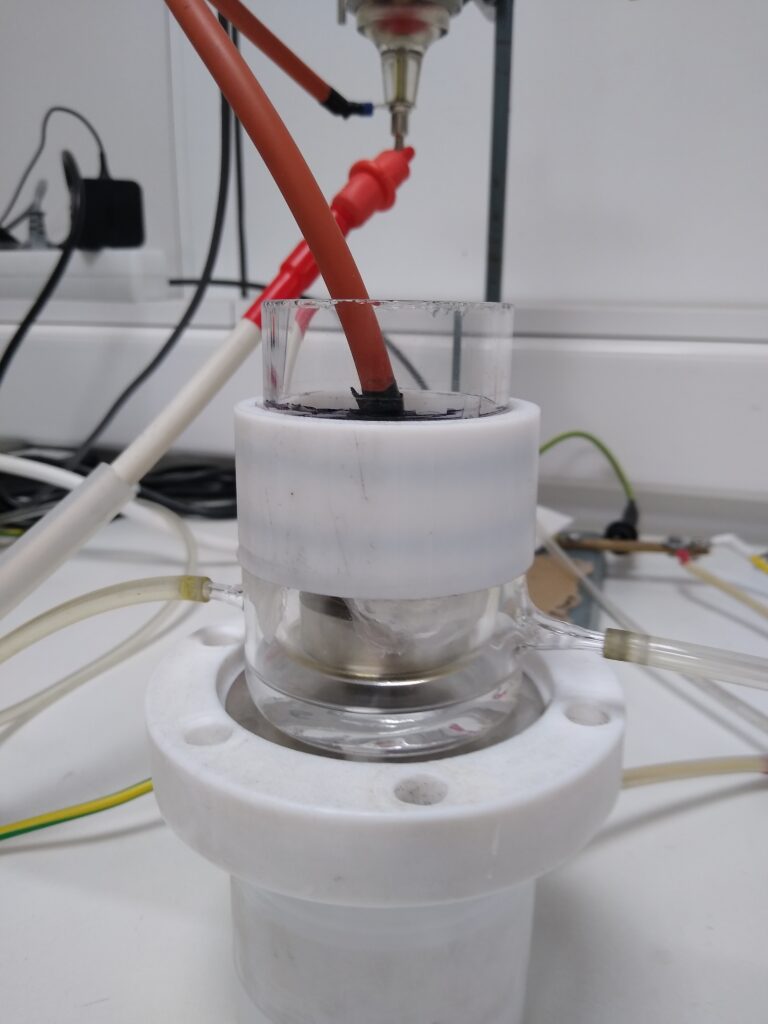
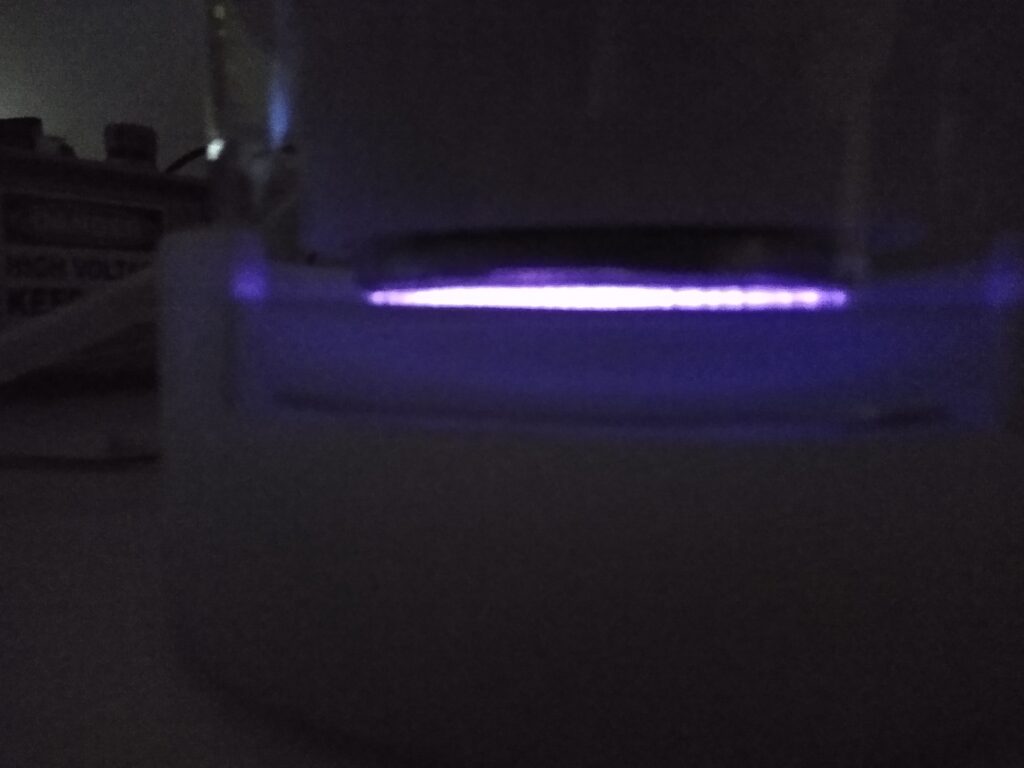
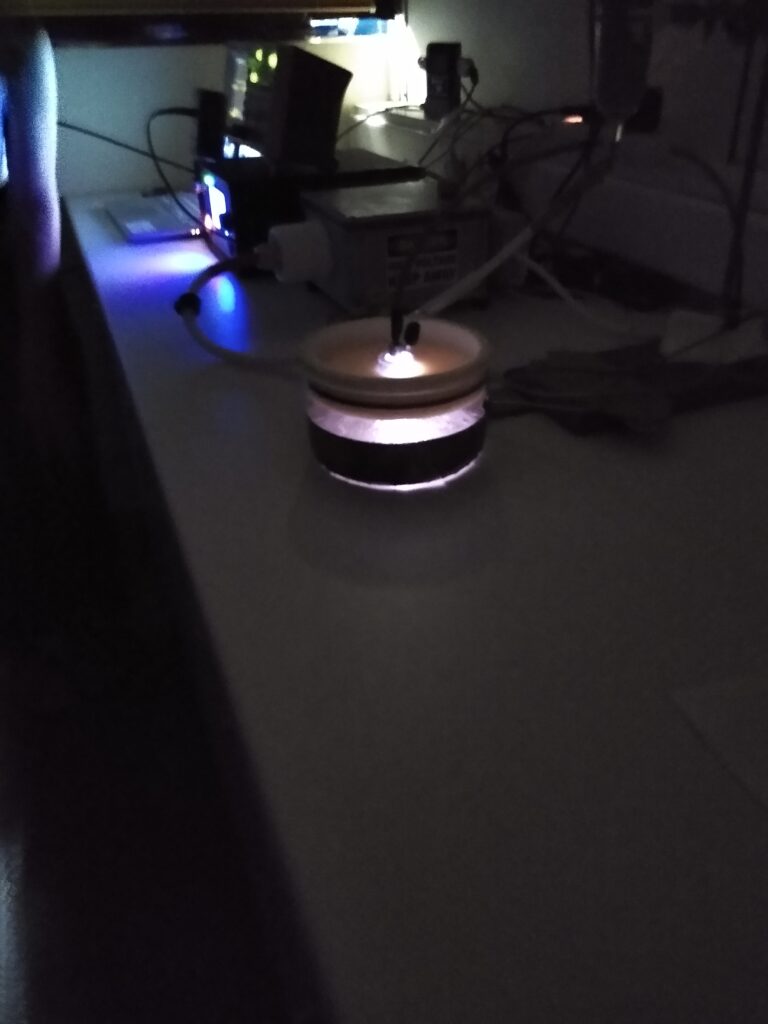
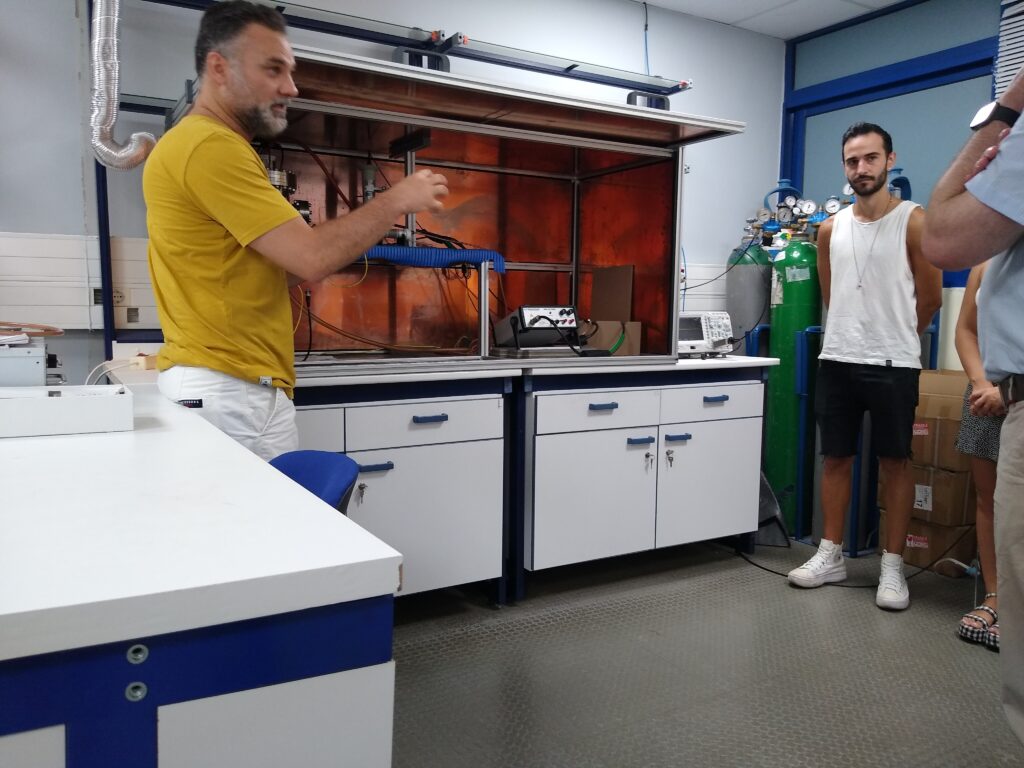
Thanks very much to our host FORTH for organising the event and provide us with such interesting demos and a great time…even with the hot temperatures we had a brilliant time and had a fruitful meeting.
